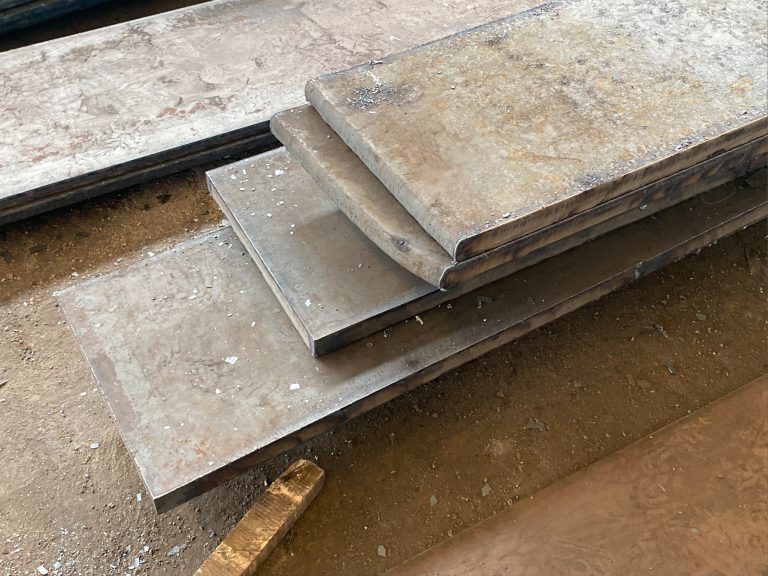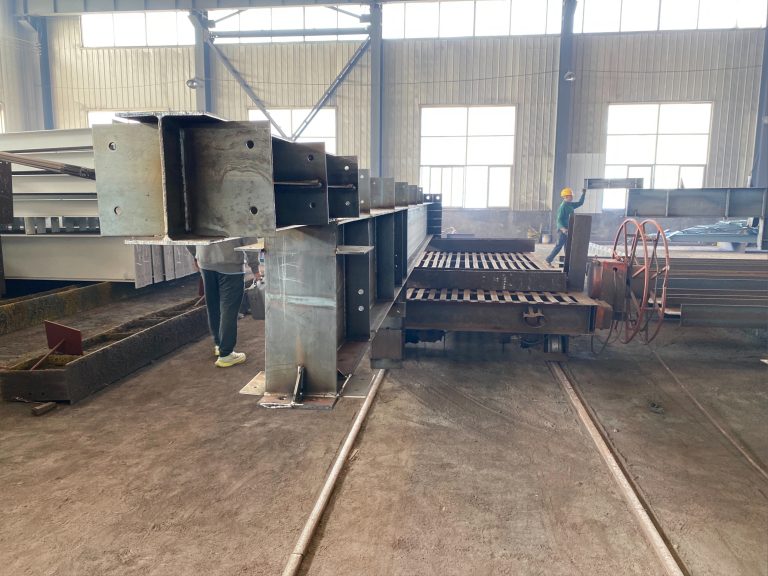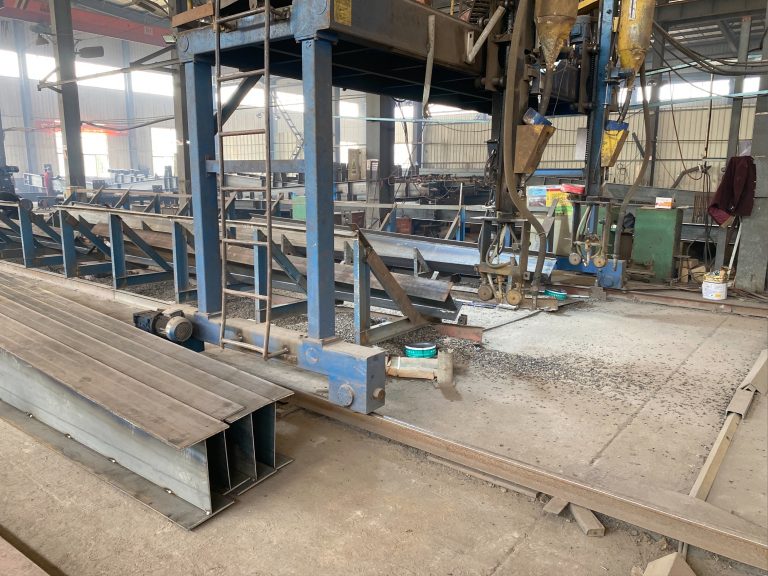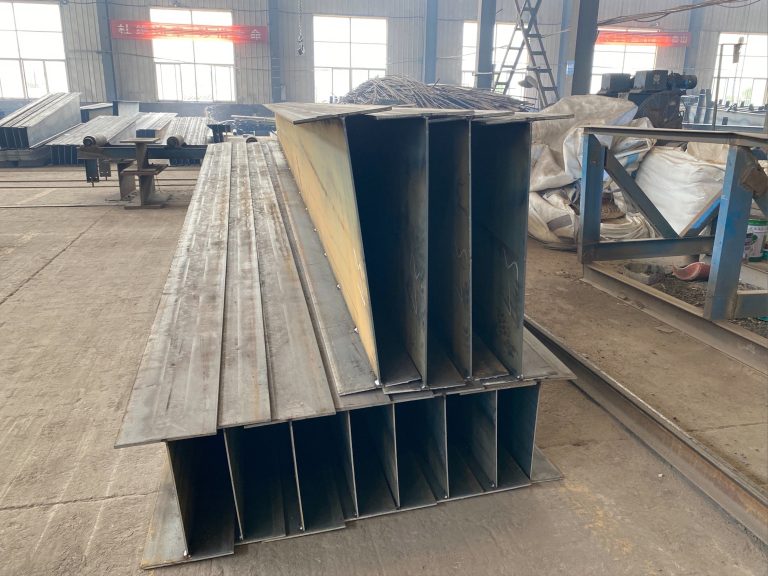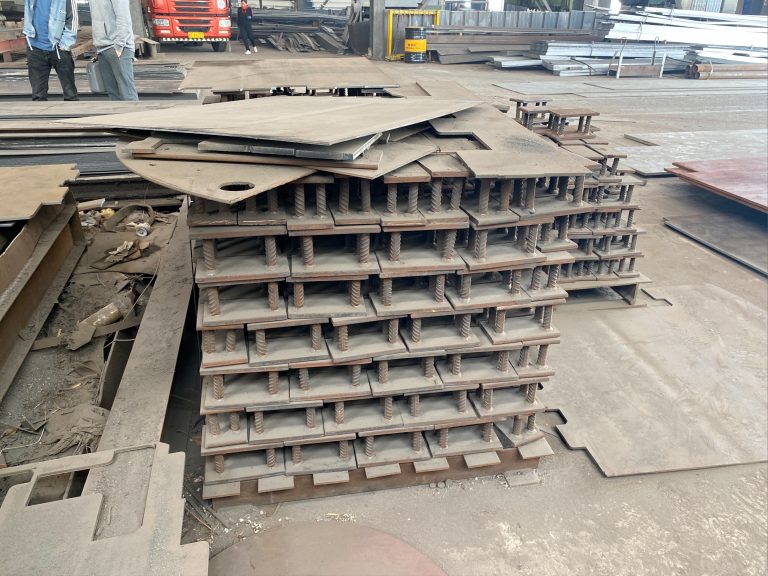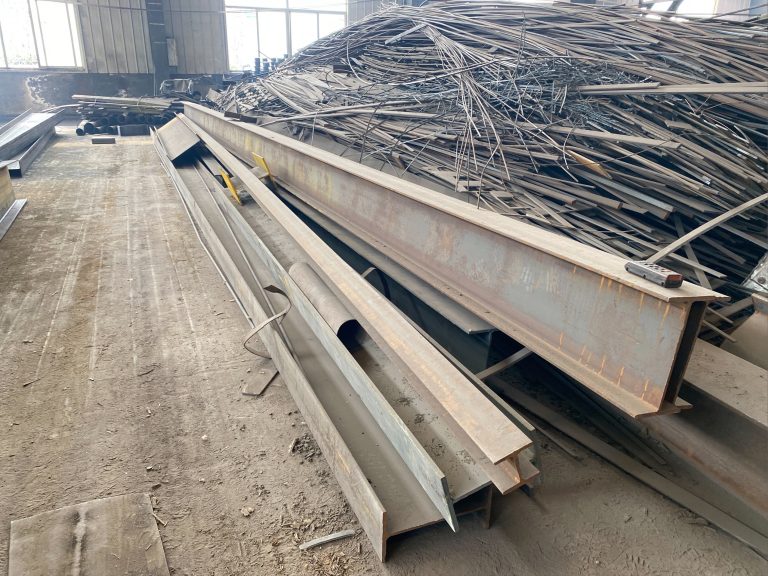How does the appearance design and material selection of the sound-absorbing board affect its sound-absorbing effect?
Table of Contents
Importance of Appearance Design in Sound-Absorbing Boards
Sound-absorbing boards are an essential component in creating a comfortable and acoustically pleasing environment. These boards are designed to reduce noise levels by absorbing sound waves, preventing them from bouncing off hard surfaces and creating echoes. While the primary function of sound-absorbing boards is to improve acoustics, the appearance design and material selection of these boards also play a crucial role in their overall effectiveness.
The appearance design of sound-absorbing boards is important for several reasons. First and foremost, the visual appeal of these boards can have a significant impact on the overall aesthetics of a space. Sound-absorbing boards are often used in commercial settings such as offices, conference rooms, and auditoriums, where they need to blend seamlessly with the existing decor. A well-designed sound-absorbing board can enhance the overall look of a room, creating a more polished and professional appearance.
In addition to aesthetics, the appearance design of sound-absorbing boards can also affect their sound-absorbing effectiveness. The shape, size, and texture of the boards can impact how sound waves are absorbed and diffused. For example, boards with irregular shapes or textured surfaces can scatter sound waves more effectively, reducing echoes and improving overall sound quality in a room.
Material selection is another critical factor in determining the sound-absorbing effectiveness of these boards. The type of material used in the construction of sound-absorbing boards can significantly impact their ability to absorb sound waves. Common materials used in sound-absorbing boards include foam, fiberglass, and fabric-wrapped panels. Each material has its unique properties that affect how sound waves are absorbed and diffused.
Foam panels are lightweight and easy to install, making them a popular choice for sound-absorbing boards. However, foam panels may not be as effective at absorbing low-frequency sounds compared to other materials. Fiberglass panels, on the other hand, are excellent at absorbing a wide range of frequencies but can be more challenging to install and may require professional assistance.
Fabric-wrapped panels offer a balance between aesthetics and sound absorption. These panels are available in a wide range of colors and textures, allowing for customization to suit any design aesthetic. The fabric covering also helps to diffuse sound waves, improving the overall acoustics of a room.
When selecting materials for sound-absorbing boards, it is essential to consider the specific acoustical needs of the space. For example, a conference room may require sound-absorbing boards that are highly effective at reducing echoes and background noise, while a music studio may need boards that can absorb a wide range of frequencies to create a balanced sound environment.
In conclusion, the appearance design and material selection of sound-absorbing boards play a crucial role in their overall effectiveness. A well-designed board that is made from the right materials can enhance the acoustics of a space while also improving its visual appeal. By carefully considering these factors when selecting sound-absorbing boards, you can create a more comfortable and acoustically pleasing environment for any setting.
Impact of Material Selection on Sound-Absorbing Effectiveness
Sound-absorbing boards are an essential component in creating acoustically pleasing environments. They are commonly used in spaces such as offices, schools, and recording studios to reduce noise levels and improve overall sound quality. The effectiveness of a sound-absorbing board is influenced by various factors, including its appearance design and material selection.
When it comes to appearance design, the shape and size of the sound-absorbing board can have a significant impact on its sound-absorbing effectiveness. Sound waves behave differently depending on the surface they encounter. Irregular shapes and varying depths on the surface of the board can help to scatter sound waves, reducing their intensity and preventing them from bouncing back into the room. This diffusion of sound waves can help to create a more balanced and pleasant acoustic environment.
In addition to shape and size, the material selection of the sound-absorbing board plays a crucial role in determining its sound-absorbing effectiveness. Different materials have varying levels of sound absorption capabilities, with some materials being more effective at absorbing certain frequencies than others. For example, porous materials such as foam, fabric, and mineral wool are commonly used in sound-absorbing boards due to their ability to absorb a wide range of frequencies.
The density and thickness of the material also play a significant role in determining its sound-absorbing effectiveness. Thicker and denser materials are generally more effective at absorbing low-frequency sounds, while thinner and less dense materials are better suited for absorbing high-frequency sounds. By selecting the right combination of materials with varying densities and thicknesses, designers can create sound-absorbing boards that are optimized for absorbing a wide range of frequencies.
Another important factor to consider when selecting materials for sound-absorbing boards is their fire resistance and durability. Sound-absorbing boards are often installed in commercial and public spaces where fire safety regulations must be met. Choosing materials that are fire-resistant and durable can help to ensure the longevity and safety of the sound-absorbing boards.

In addition to fire resistance and durability, the aesthetic appeal of the materials used in sound-absorbing boards should also be considered. Sound-absorbing boards are often visible in a space, so it is important to select materials that are visually appealing and complement the overall design of the room. Materials such as fabric-wrapped panels, wood veneers, and decorative acoustic tiles can help to enhance the aesthetic appeal of sound-absorbing boards while still providing effective sound absorption.
In conclusion, the appearance design and material selection of sound-absorbing boards play a crucial role in determining their sound-absorbing effectiveness. By carefully considering factors such as shape, size, material type, density, thickness, fire resistance, durability, and aesthetic appeal, designers can create sound-absorbing boards that not only improve the acoustics of a space but also enhance its overall design. Ultimately, the right combination of appearance design and material selection can help to create a more comfortable and enjoyable acoustic environment for all who inhabit it.

